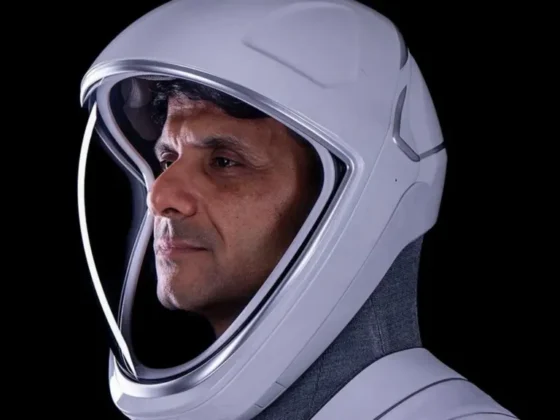Five innovators and their inventions that did not make it to the markets
How do civilisations flourish? What makes societies move towards the future and uncertainty? What make humans the most superior beings? The answer is innovation. The constant urge to create better versions of existing materials and discover & innovate ideas that help our kind is what prepares us for what comes ahead. Innovations throughout history have taught the importance of change and transformation.
Today, we can’t imagine our life without smartphones, lights and cars. These inventions have transformed from what was first innovated as telephones, electric blub and the automobile. It is complicated to predict the world’s future; hence, every innovation is destined to help us or fail. Let’s look at five failed innovations and innovators that couldn’t succeed in adding value.

- DYMAXION HOUSE
Buckminster fuller built the Dymaxion house. He got the idea in 1920 but could only present the prototype in 1945. After world war II, fuller noticed the growing need for affordable homes. He decided to create a house with a sale price similar to a car that could transport using its metal tube. His goal was to mass-produce dymaxion houses while making them an economically viable option for the buyer.
But, his invention failed because the dymaxion house was a round-shaped home that made customisation inside the house an arduous task (close to no changes could occur). It only offered two bedrooms and one small restroom. With people unable to find furniture for their dymaxion houses to the tiny square feet the area provided, the project collapsed. Fuller could only create two prototypes of the dymaxion house before walking away from the project and could never mass-produce it.
- MEOWLINGUAL
In 2003, Takar launched a new version of the product ‘Bowlingual’. It was set to launch worldwide. Bowlingual is a translator device that translates dog language into human language. It uses a custom voice technology that is proven to understand dog barks and dogs’ body language. But, the product has witnessed many inaccuracies because of dynamic factors and circumstances.
The product uses a wireless microphone attached to the dog’s collar. The microphone picks up noise and sound and uses its voice print technology.
Meowlingual was a similar product for cat owners. But the project didn’t launch anywhere (Except for Japan but was later rolled back) because it did not have a wireless microphone system to cut the product’s price and make it affordable. In this process, using Meowlingual became a tedious task. The idea was to “interview’ the cat to record its voice in the microphone using a regular mic that came with the product. The complexity attached to the invention did not add up to its value, and it failed miserably.
- FIRST DIGITAL CAMERA
The first digital camera was invented by Steven J. Sasson, an employee working in Kodak. He innovated the digital camera while working at Kodak in 1975. But, to his dismay, Kodak did not value his invention. Kodak feared that the initiation of a digital camera in the photography sector would disrupt the market primarily that even Kodak’s own business could be threatened.
The lack of risk-taking abilities of Kodak did not allow Steven J. Sasson’s invention to ever launch in the market as early as 1975. Kodak believed that customers of the industry would not pick up digital photography. Even if Kodak wanted to introduce digital cameras to its customers, it would imply changing its entire business model and giving up its film roll business.
Kodak opted to run its business traditionally and only focused on selling its film rolls, while other companies opted for the new technology. Eventually, Kodak’s business failed due to not updating itself with the changing dynamic business environment, and it came close to bankruptcy.
- ELECTRIC PEN
Thomas Edison innovated the electric pen. Edison identified the growing need for copying devices needed by people from different professional arenas (such as lawyers, merchants, insurance officers, banks, teachers and more). He decided to innovate the electric pen on the working basis of a printing telegraph. The printing telegraph operated so that the ink would punch through the document and leave the marks of the solution (chemical ink) underneath the original document. Edison used this technology and innovated the electric pen under his name.
But the pen had significant drawbacks. The first was the wet cell battery that could not be used by people who ever not professional telegraphists. The messy usage did not interest professionals in the legal, banking and insurance arenas. Moreover, the electric pen was no match for the mechanical pen that did not carry any disadvantages placed in the electric pen.
The patent was sold to A.B Dick Company which eventually used the innovation to innovate the mimeograph.

- XEROX ALTO COMPUTER
Xerox was the first company that was able to build a PC! In 1973, the Company was able to put together the working computer, which is now regarded as one of the greatest inventions that paved the way for the world’s information technology to flourish. Xerox did not understand the significance of this invention and put very little focus on research and innovation, and did not commercialise it.
On the other hand, Steve Jobs, the founder of Apple, got his hands on this technology through a business partnership between Xerox and Apple. He later used this technology to innovate Apple Macintosh, a known success.










